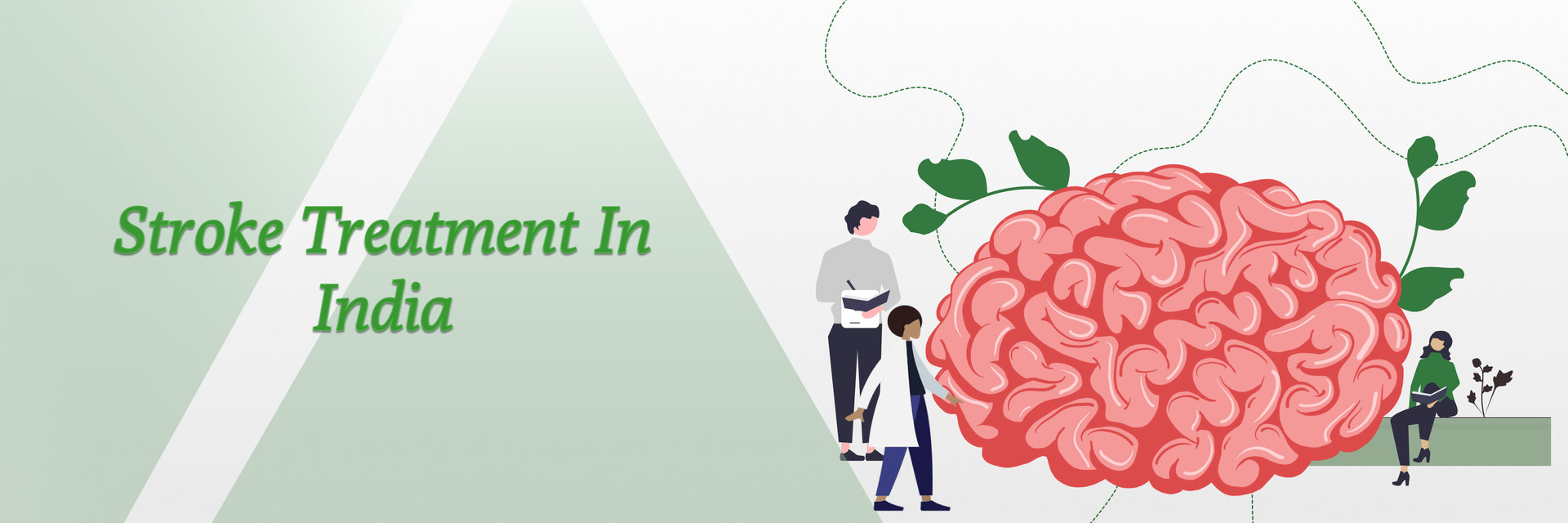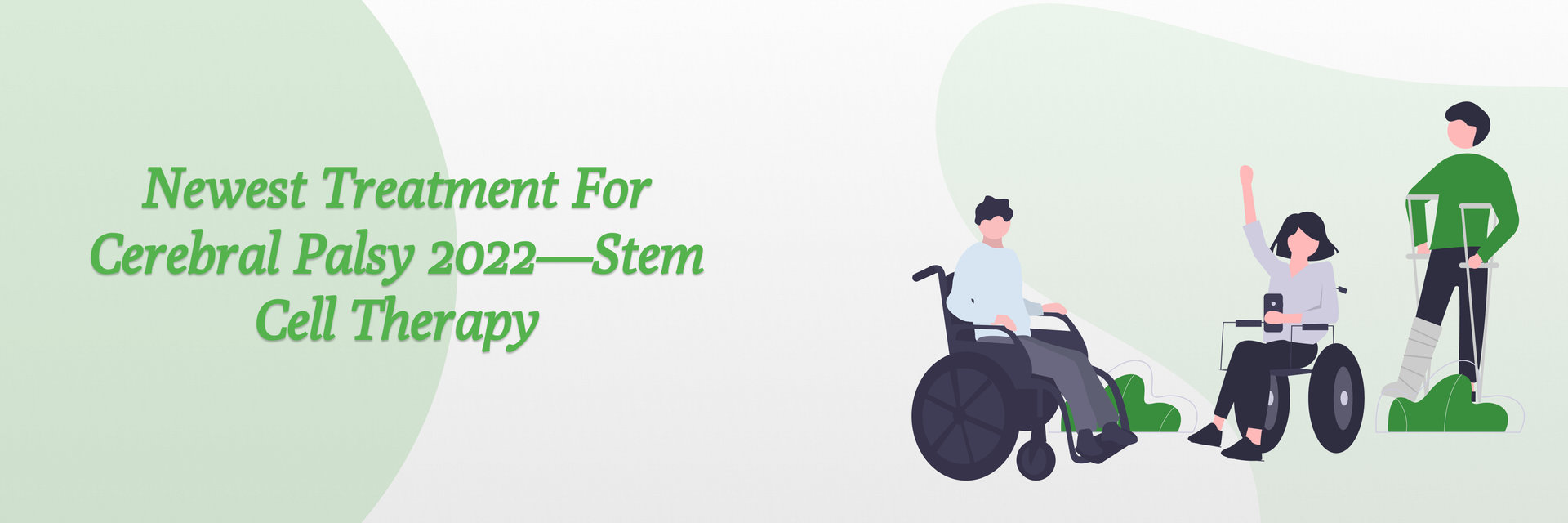Asked for Male | 55 Years
Is mild diffuse cerebral atrophy normal?
Patient's Query
What is mild diffuse cerebral atrophy? Is it normal or not?
Answered by Dr. Gurneet Sawhney
Mild diffuse cerebral atrophy is considered a small decrease in brain volume that can come up in the course of natural aging or because of different factors like neurodegenerative diseases, nutritional deficiencies, or chronic stress. Symptoms may encompass memory disturbance, alterations in attention, or mild confusion. Atrophy is common to some extent, but considerable changes should be inspected by the neurologist. When you notice or feel any strange symptoms, don't hesitate; to contact a doctor for proper diagnosis and support.

Neurosurgeon
Questions & Answers on "Neurology" (983)
Related Blogs

10 best-hospitals in istanbul updated 2022
Searching for the top hospitals in Istanbul? Here’s a list of the 10 Best Hospitals in Istanbul for world-class medical care.

Stroke Treatment in India: Advanced Care Solutions
Discover unparalleled stroke treatment in India. Experience world-class care, advanced therapies, and holistic support for optimal recovery. Prioritize your health with renowned expertise.

Dr. Gurneet Singh Sawhney- Neurosurgeon and Spine Surgeon
Dr. Gurneet Sawhney, a well-renowned neurosurgeon with different recognition in various publications with 18+ years of experience in the field and has expertise in different fields of procedure surgeries like complex neurosurgical and neurotrauma procedures, including brain surgery, brain tumor surgery, spine surgery, epilepsy surgery, deep brain stimulation surgery (DBS), Parkinson’s treatment, and seizure treatment.

The Latest Treatments for Cerebral Palsy: Advancements
Unlock hope with the latest treatments for cerebral palsy. Explore innovative therapies and advancements for enhanced quality of life. Learn more today.

Best cerebral palsy treatment in the world
Explore comprehensive cerebral palsy treatment options worldwide. Discover cutting-edge therapies, specialized care, and compassionate support for improving quality of life and maximizing potential.
Cost Of Related Treatments In Country
Top Different Category Hospitals In Country
Heart Hospitals in India
Prostate Cancer Treatment Hospitals in India
Kidney Transplant Hospitals in India
Cosmetic And Plastic Surgery Hospitals in India
Dermatology Hospitals in India
Endocrinology Hospitals in India
Gastroenterology Hospitals in India
Gynaecology Hospitals in India
Hematology Hospitals in India
Hepatology Hospitals in India
Top Doctors In Country By Specialty
Top Neurology Hospitals in Other Cities
Neurology Hospitals in Chandigarh
Neurology Hospitals in Delhi
Neurology Hospitals in Ahmedabad
Neurology Hospitals in Mysuru
Neurology Hospitals in Bhopal
Neurology Hospitals in Mumbai
Neurology Hospitals in Pune
Neurology Hospitals in Jaipur
Neurology Hospitals in Chennai
Neurology Hospitals in Hyderabad
Neurology Hospitals in Ghaziabad
Neurology Hospitals in Kanpur
Neurology Hospitals in Lucknow
Neurology Hospitals in Kolkata
- Home >
- Questions >
- What is mild diffuse cerebral atrophy? Is it normal or not?